In the last week in January, 2008, I held the first MBP Workshop in Hokkaido, and was joined by five fine gentlemen from four countries, namely the America, Australia, Canada and Norway. Today we’re going to continue tracing our steps together while looking at some images from the second day. It isn’t essential, but if you didn’t listen to the first part of this series, it might be better to go back to episode 125 and listen to that first for some background on how the trip came about etc.
On the second morning, we got up and left the hotel at 5:15AM, and were hoping it was going to be colder than -15 degrees Celsius or 5 degrees Fahrenheit, which is as cold as it need to get for mist to form on the surface of the river. I’d visited this location for four consecutive mornings in December 2006, it had not been cold enough for the mist to form. Wada-san, the photographer and owner of the hotel we stopped in on the first night had told us that there’d been mist for a number of consecutive days, but not on the morning of the day we’d flown into Hokkaido, the first day of the tour. My heart kind of sunk as I heard this, thinking that maybe we’d be out of luck. Of course for me, I can keep coming back until I get the mist, but for the five guys with me, this may be the only time they come to Hokkaido, hopefully not, but I really wanted the mist to appear.
As we drove along the road in the bus to the Otowa bridge, we saw that it was minus 16 degrees or around 3 degrees Fahrenheit. It didn’t actually feel this cold when we got on the bus, so I was really pleased to see this. As we pulled up to the bridge though, we could see that there was no mist. It was still dark though, and apparently the temperature drops a few degrees as the sun starts to warm the atmosphere, then sucks all the warmth up for the first hour or so of sunlight, and of course, as the light starts to warm the water, there is a chance of mist forming, so I hadn’t given up.
The sun was going to rise at 6:43AM, but we’d gotten set up on the special footpath built alongside the road bridge just for photographers, and as the sun started to light the sky, we started to shoot down the river to where the birds had spent the night. As we shot, three cranes took flight, and we all had a try at shooting them. In image 1693, we can see a somewhat abstract shot that I got of this scene. Remember we’d all been shooting down the river in low light, and so had mirror lockup on, and I had a two second timer set. As the birds got closer though, there was of course no time to turn off mirror lockup or the timer, so I just started panning with the birds, including the two seconds that the finder went dark with the mirror up, and just prayed. I was quite pleased with the results for the 1/6th of a second exposure. You can see here that the trees were covered in frost, and they are somewhat blurred as I panned. The cranes wings have also registered at the top and bottom extent of their flapping action, looking kind of like something out of Star Wars. I had been shooting with an aperture of F8 in ISO 400, which also stayed that way with no time to change them.
Anyway, what about that mist!? Let’s take a look at image number 1695, in which we can see that we had indeed been incredibly lucky, and by 7:38AM, almost an hour after the sun came up, we had some thick mist cloaking the river. I was shooting with the 600mm F4 with the 1.4X Extender fitted, giving me a focal length of 840mm. As I shot a crane wading in the river, to my delight he took flight, and I panned across the river as it flew back towards the main group. What I’m really pleased with here is that the wake of the crane in the mist is perfectly captured across the bottom of the image. If your monitor is a little on the bright side, you may need to turn down the brightness a little to see this, but it’s there, and really looks cool. I have my monitor calibrated, so I haven’t changed this, but my monitor in the office in my day job shows this series of shots to be very bright, sometimes making it difficult to see the mist. I’m happy with the exposure on a calibrated monitor though so won’t be changing it. I shot this at F10 for 1/50th of a second, now at ISO 200. The downside of this shot is that apart from the crane, it’s a little bit soft. It’s acceptable, but I’d really have liked it to be sharper. I’m not sure if the softness is down to the fact that I was panning slightly with the crane, or the vibration that I’m seeing with my 600mm F4 on the Wimberley Head at slow shutter speeds. A member in our forum, MKR63, another Martin, actually pointed me to Arthur Morris’ latest Birds as Art Bulletin, in which Artie states that the old Wimberley Head, which is the one I have, is not so good at slow shutter speeds. He says that the new version, released a few years ago is actually a perfect match for the 600mm F4, even when using slow shutter speeds, so it seems I might need to upgrade my Wimberley Head in the near future to overcome these issues.
Let’s move on to image number 1697. The mist was well and truly here, and all six of us were having the times of our lives shooting down the river to the cranes in the distance. To keep the mist bright and dreamy, I had started shooting at plus two stops of exposure and was slowly reducing that as the scene got naturally brighter. We can see a crane that was wading in the river, but for some reason had a duck swimming close by. Both seem fine with each others’ presence, yet totally indifferent, with their heads facing opposite directions. You can see how the mist is kind of pluming up from the surface of the water too, giving a wonderful dreamy effect. Still at F10 with ISO, I had increased the shutter speed slightly to 1/80th of a second.
Scooting right along, let’s look at image number 1701. Here we can see a vertical or portrait aspect image. I’ve placed a parent and young crane hitting the exact same pose in the bottom right of the frame. I had removed the 1.4X Extender, so shooting at 600mm for this and the last shot. Here I just found the pose interesting, and actually have a second that I also could not cut from my final selection where the two birds have moved a little further apart, so there’s no overlap, but they are still hitting the same pose. We won’t look at that today, but if you are interested please do take a look. I’ll put a link into the show notes again that will list all of the shots from the trip. As the light came through, I was now shooting at 1/200th of a second, still with F10 at ISO 200. The beautiful thing with these later shots is that the sun was actually now hitting the scene, and causing some beautiful highlights in the frost on the trees, so they look like there are millions of little diamonds in the trees. I have still to print any of these out at 13×19” but I can’t wait to do so and see the detail on paper. All of the shots after the first one are as sharp as tacks by the way, so all of the detail in those trees is visible, and it really is quite a treat.
To this point, all the shots have been of the cranes a little closer to the bridge than the main group. Next though, let’s look at image number 1704. Here we can see pretty much the whole community, starting to move around as they start their day. In the far distance is we can see one of a pair of dancing cranes jumping up out of the mist. The detail of the shot with the mist, snow and frost on the trees again makes for a visual treat, and has lots to pour through from front to back. I shot this at F11 for a little more depth-of-field, though not much more of course. The shutter speed had now increased to 1/250th of a second, still at ISO 200. It was now shortly after 8AM, and we had to leave to go back to the hotel for breakfast very soon. I’d been trying to get a chance for a group shot here, but everyone was so wrapped up in their shooting for the whole time, there was really no chance for this.
Let take a look at one last shot that I made shortly before we left at 8:13, and that is image number 1705. Shot at F10 for 1/250th of a second again at ISO 200, this shot will give you a little better idea of just how far down the river the cranes roost. This was shot with the 70-200mm F2.8 lens at 200mm, so still zoomed in a fair bit, yet you can see that the cranes are way down the river in the distance. I really like the detail in the grasses at the front of that first snowy bank, but again, the detail throughout the shot is really great, and a pleasure to visually wander through. Our Otowa Bridge shoot was over now. We’d had some beautiful mist. The next thing for me personally now is to come back, with more mist, and try to capture some cranes a little closer to the bridge but dancing in the mist. The shot we looked at of the crane flying through the mist is also pretty rare I believe, so I’m very pleased with my own photos from this location on this day. We’d not really done much workshop style chatting again. I’d asked how everyone was a number of times throughout the shoot, but everyone was so wrapped up in their own photography that there was no real interaction. I mentioned last week that I’d packed the week with so many great places to shoot that it turned out to be more of a photography tour than a workshop, and this was a good example.
Wada-san from the hotel had came over to the bridge a few hours after we got there, and said that it had actually dropped to minus 18 when he past the large illuminated temperature gauge so you can probably imagine that our gear had well and truly frozen. I actually have a picture of the back of my camera that is all frozen up with the cold. No one had used any camera covers or warmers though, and no one had any problems. We were all Canon user’s by the way, which was pretty cool as it meant we could loan gear to each other when necessary etc. The important thing to note here though is that when it gets much below freezing, you really have to be careful to put all your gear away into your camera bag, and keep it in there for 45 minutes to an hour after going into the warm to allow it to warm up slowly, or you can get condensation form on the internal parts of the camera and lenses, which can damage them in severe cases, and at best, render the lenses useless until they clear up, even if they don’t get damaged.
We visited the Itoh Crane Sanctuary after breakfast until lunch time. I didn’t upload anything from this shoot, as I didn’t really get anything that was any better than I already have from this spot. I’d actually not been able to get a place to set up my tripod for much of the time we were there, but even after I did, the light was pretty harsh on this day, and a lot of the action seemed to be happening on the side of the field with the sun behind the cranes. At lunch time, we went back to the Taito Hotel and picked up a lunch box each that I’d had them prepare and we ate them on the bus on our way over to the Kussharo Lake, where we were going to shoot Whooper Swans. It was another fun shoot, and I got a number of shots of the guys shooting the cranes, which I’ll share at some point soon. What I wanted to do here was to do some work with panning and so located us where the swans would run or fly past as they took off towards the end of the day.
As the sun dropped in the sky though, and the light warmed, I shot a fun photograph, which is image number 1706. Here we can see a Whooper Swan that I’d spotted just waddling along the frozen lake, looking as though he’d simply taken a stroll across the stark landscape. In the background is the dark mountain side, but the sun now low in the sky had kind of misted up all of the background. I used an aperture of F8 with my 300mm F2.8 lens with a 1.4X Extender for a focal length of 420mm. To ensure that there was some detail in the frozen lake, and the swan was almost a silhouette, I used a fast shutter speed of 1/640th of a second, with ISO 100. From a composition perspective, note that I have the swan looking into the scene. This keeps the whole thing well balanced. The swan was actually looking from right to left a number of times, and as he looked the other way, I switched him from the bottom right to the bottom left. They were very similar images mind, just a different version of the same scene. I chose this one just because of the pose of the swan with one leg raised slightly so that we can see his foot, enabling us to tell that he’s walking, and not stationary. Without this, it would not have been an afternoon stroll.
Again, as the sun dropped in the sky, I tried to capitalize on the warm light with image number 1707. Another relatively simple shot, but I just like the play of the light among the swans as they swim around in the waters, warmed by the hot springs that flows into the lake. As I’ve mentioned before, a long time ago mind, the main reason these swans winter at the Kussharo Lake is because a hot springs has been piped into the lake, melting the ice and keeping the area warm. Some of the guys had noticed that the sand on the beach was actually warm when we kneeled down, so it must be nice for the swans here. The other reason they winter here is because the tourists and locals alike feed the swans grain at this point. Without these two things the swans would usually fly a few hundred more miles south to slightly warmer parts of northern Japan. To get these swans in silhouette, I increased the shutter speed to 1/1600th of a second with an aperture of F5.6 and ISO 100.
In the next shot, number 1708, we can see that the swans had started to fly out in small groups, and we’d started to practice panning shots. To get some movement in wings you need a slow shutter speed of around 1/40 of a second or slower. I shot this with a shutter speed of 1/40th of a second at F4.5, with ISO 100. I was shooting with the 300mm without an Extender now, and am relatively happy with this shot, but it’s not great. I just like the overall feel a little, as the swans fly from the lighter part of the sky to the cloudy darker part.
One of the last shots of the day for me was image number 1709. Shot at 1/30th of a second at F4, now with ISO 400, so you can tell the light was now really dropping at the end of the day. I’d put the 1.4X Extender back on the 300mm F2.8 lens now as well, and did an OK job of tracking these two swans as they ran along the frozen lake to take off. Sometimes you can get a perfectly still head as the bird moves, and others it just doesn’t seem to happen. Neither of these two swan’s heads is perfectly sharp. In fact you can see that the farthest swan’s head is well and truly blurred, but I’m not too worried about this. The blur helps us to understand what’s happening, and still makes for a reasonable image I think. And as the sun goes down on the second day of the tour, we’ll wrap up this podcast too, and pick up our tracks from the following day next week.
So I hope you enjoyed this second day. Next week, we’ll take a look at shots from the second half of the week, starting with some landscape shots from the Bihoro Pass at dawn on the third day, then we make our way over to Rausu where we had fun shooting some Blakiston’s Fish Owl’s with off camera flash, which was the second thing that I’d planned on this trip that I really had not got any first had experience with either. The first was as I mentioned last week, visiting the location at the end of the first day that I’d not been to before. We’ll see how the owl shoot went next week as well as the other highlights from the last two and a half days.
Before we finish, I just wanted to remind you that the Martin Bailey Photography Podcast is a proud member of the PhotoCastNetwork. We’ve had some interesting new members join recently, and they recorded a great Focus Ring Roundtable last week, that is well worth a listen, as they all are. I wasn’t involved in this most recentercording, but they had six guys, which is the most we’ve ever recorded with, and it really turned out to be a great episode, so do take a listen. To check out this and the other great Podcasts that are part of the network visit www.photocastnetwork.com.
And that’s about it for today, so with that, all that remains to be said is thanks for listening, and you have a great week, whatever you’re doing — Bye-bye.
Show Notes
Also, check out the PhotoCastNetwork at http://www.photocastnetwork.com/, for more great Photography related Podcasts.
Subscribe in iTunes for Enhanced Podcasts delivered automatically to your computer.
Download this Podcast in MP3 format (Audio Only).
Download this Podcast in Enhanced Podcast M4A format. This requires Apple iTunes or Quicktime to view/listen.

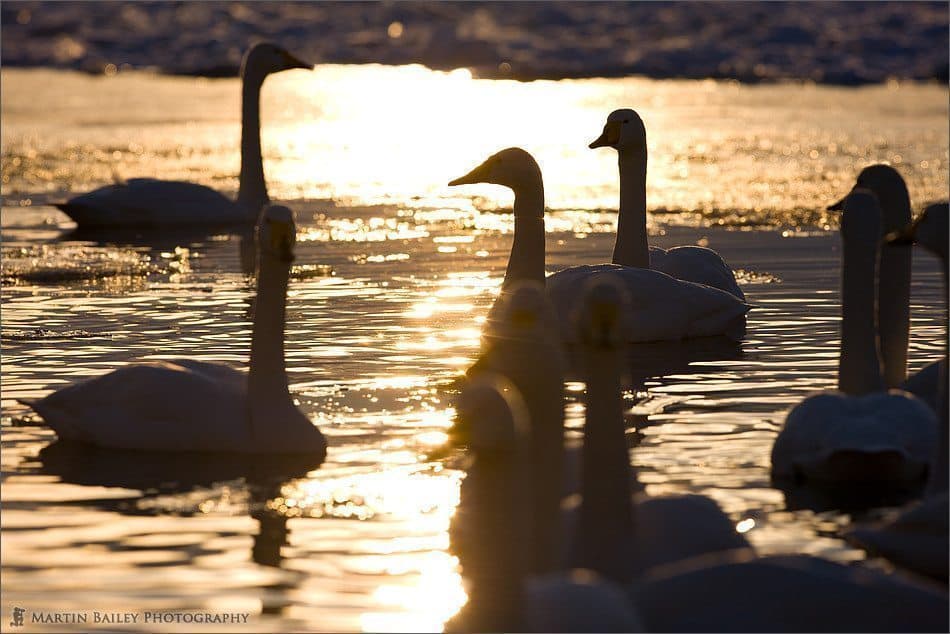
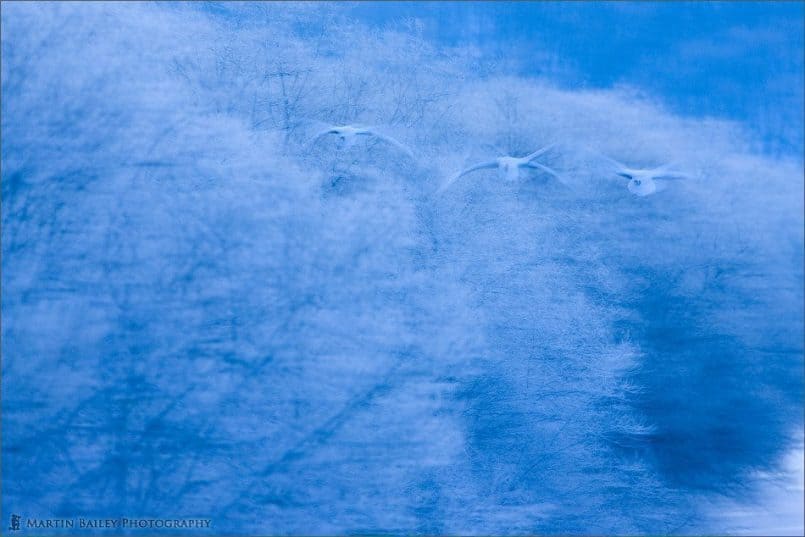
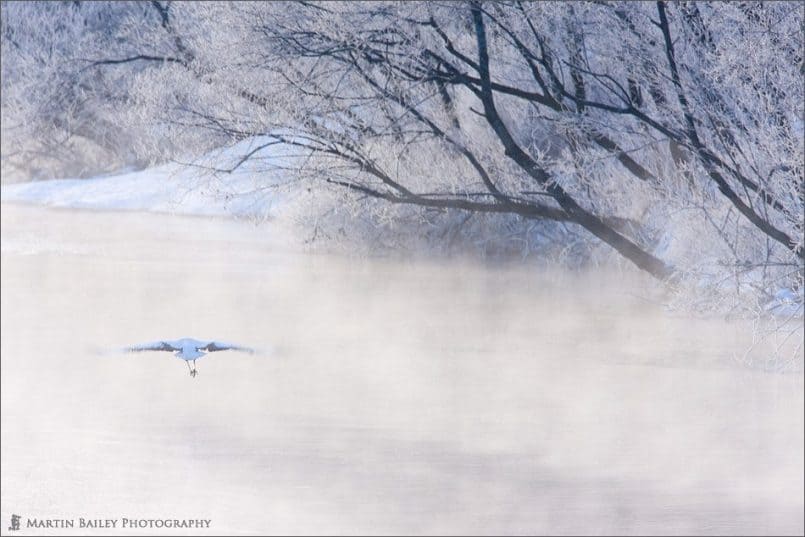
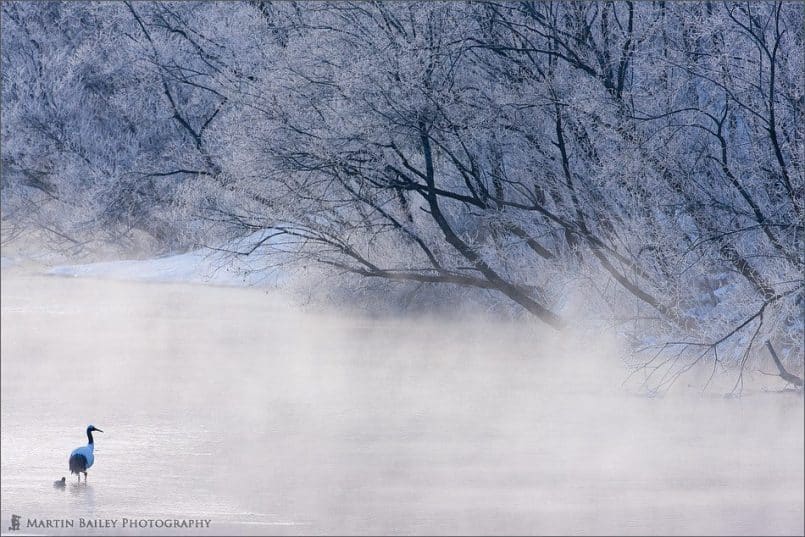
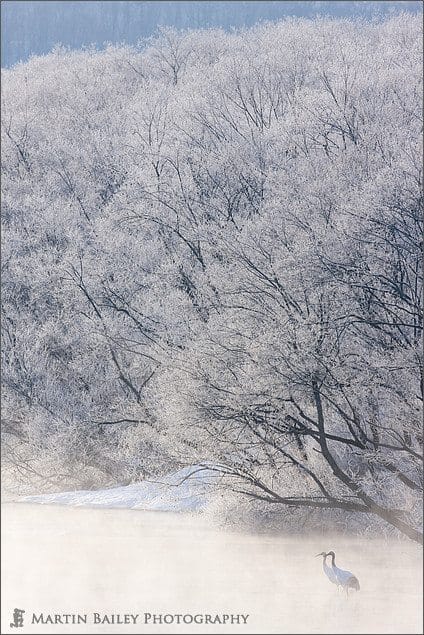
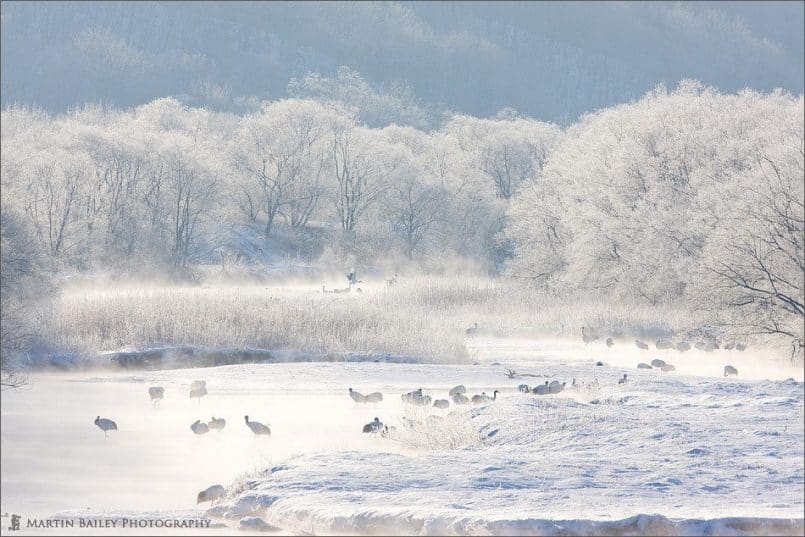
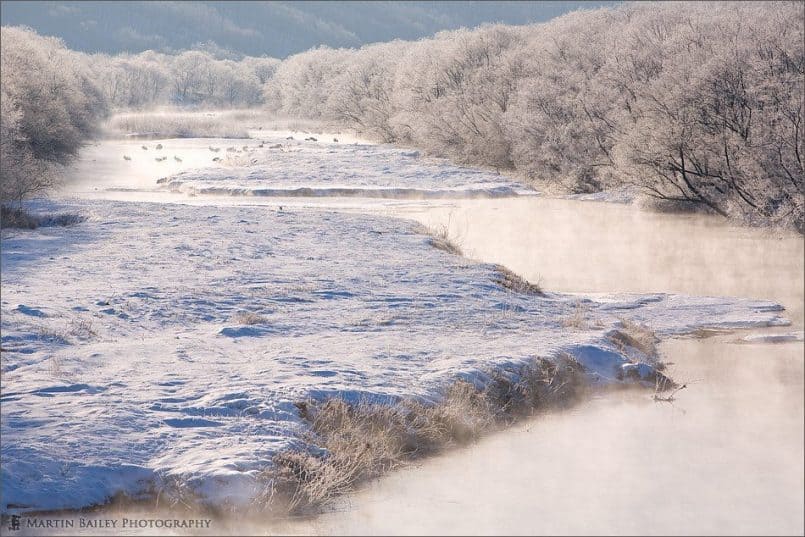
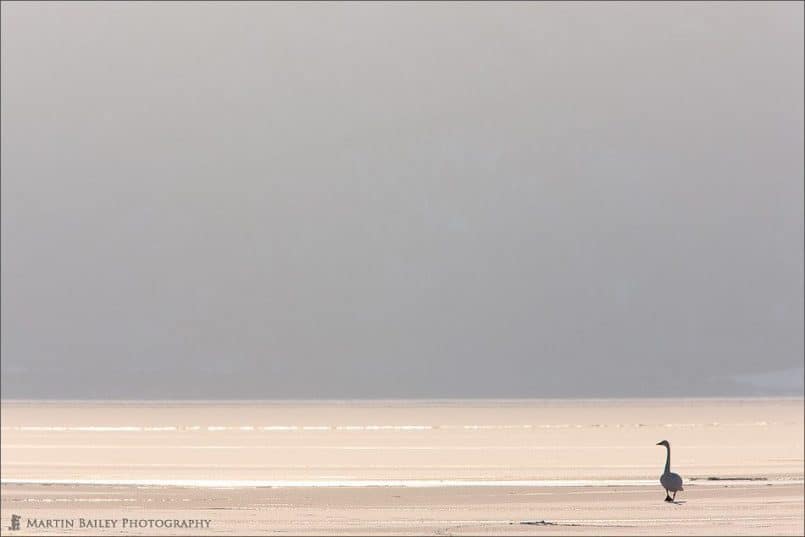
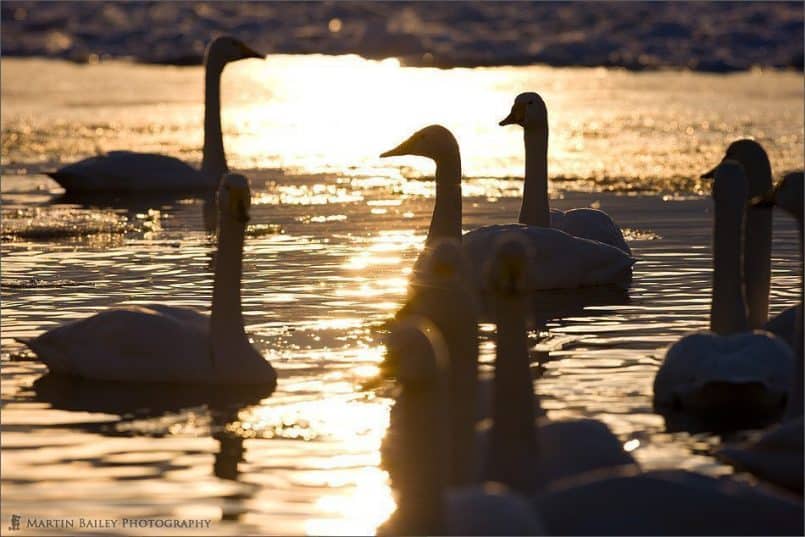
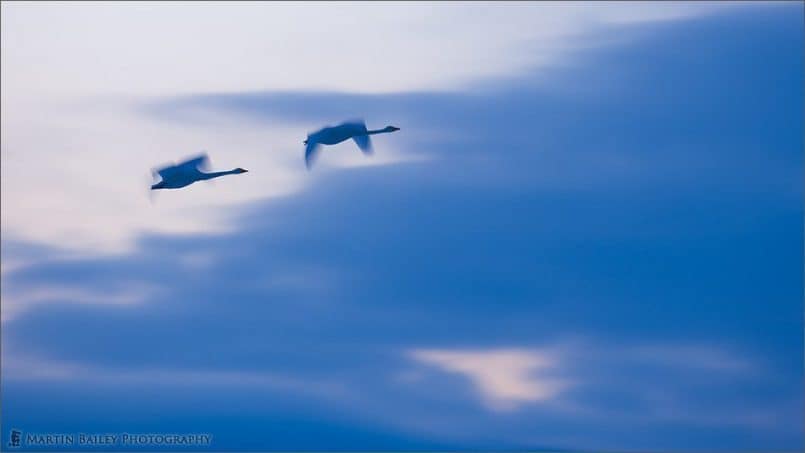
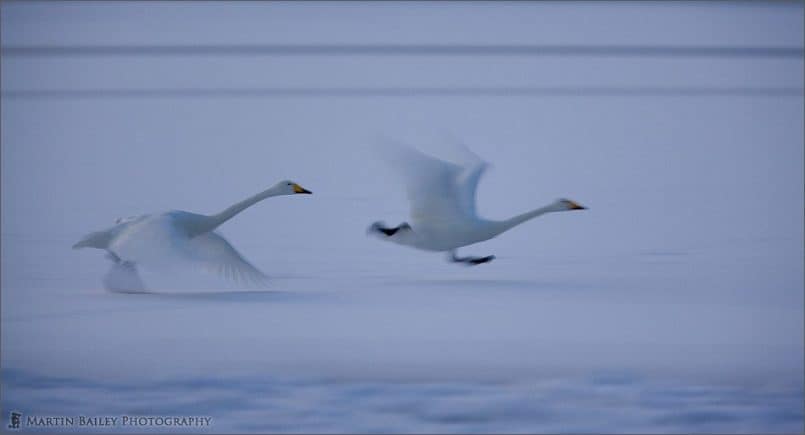

0 Comments